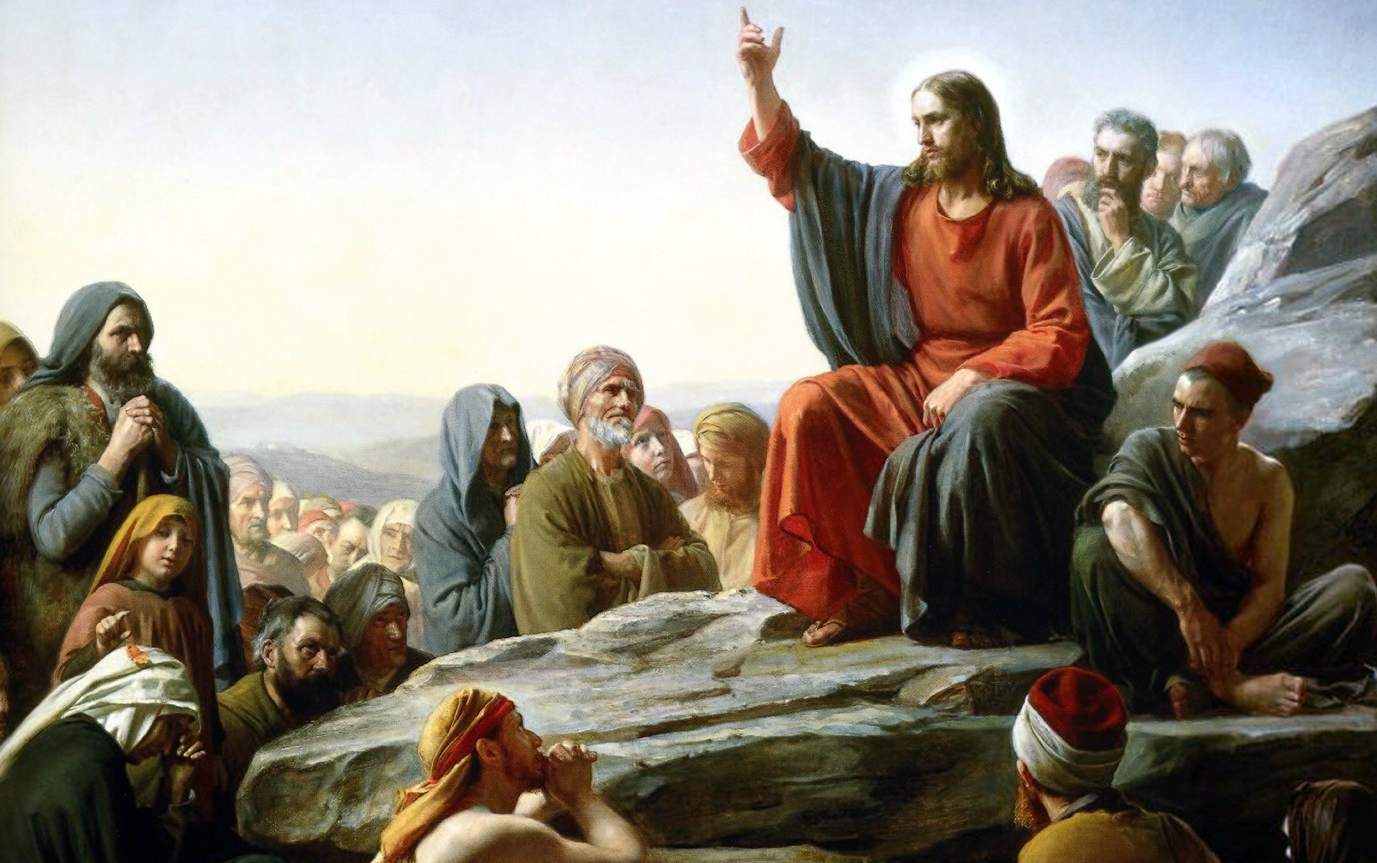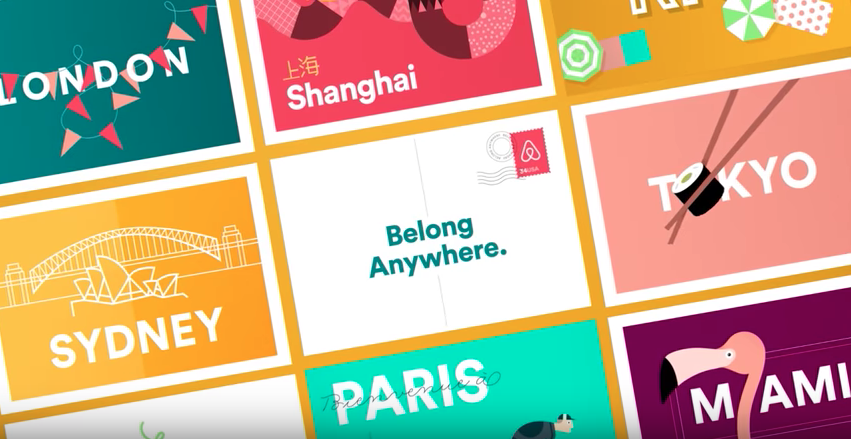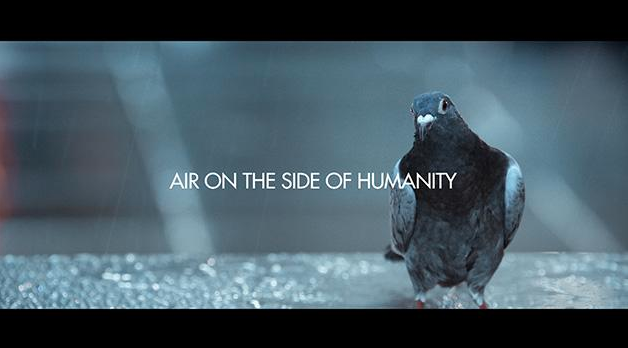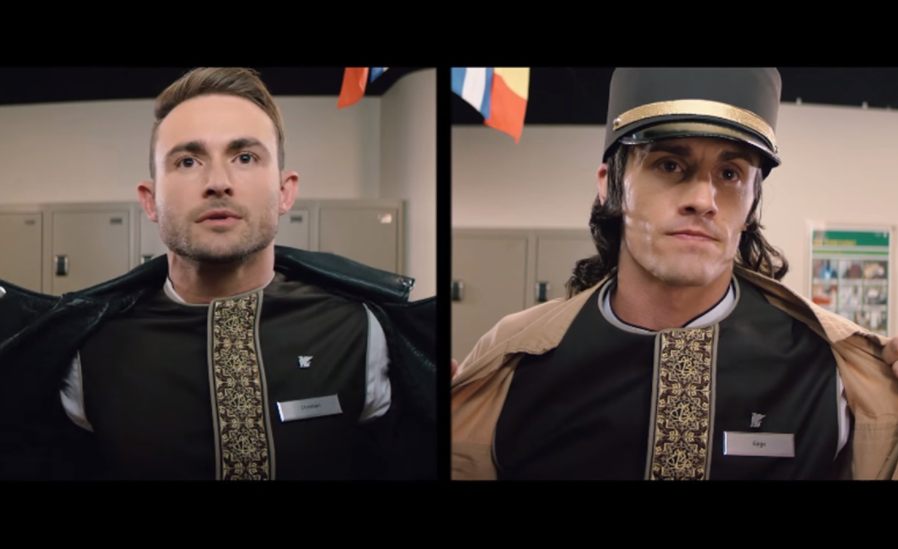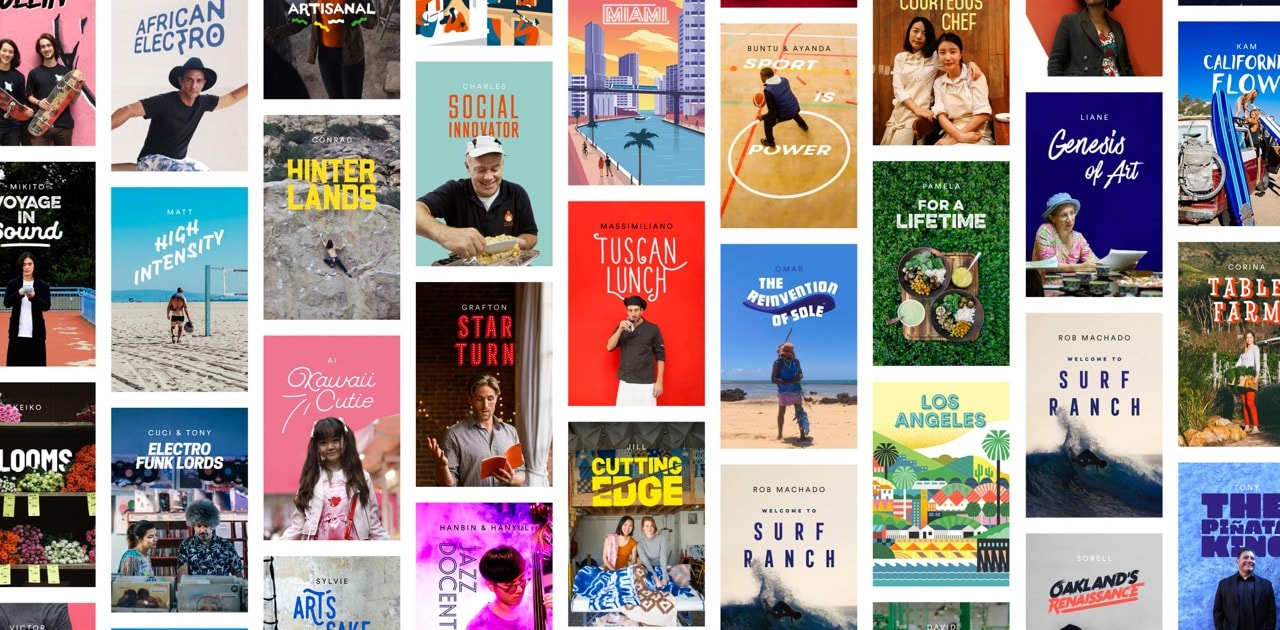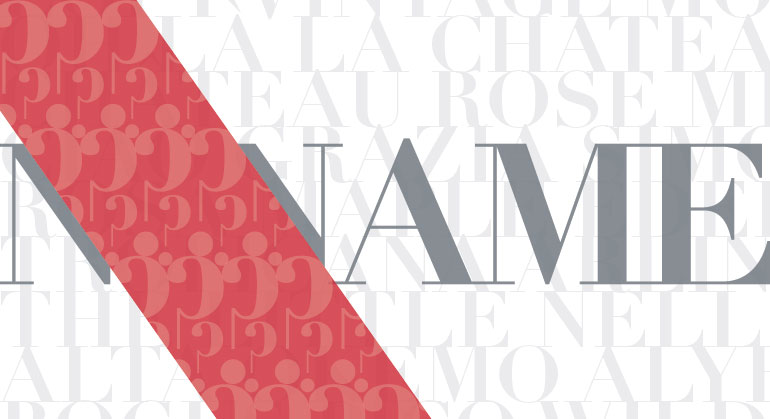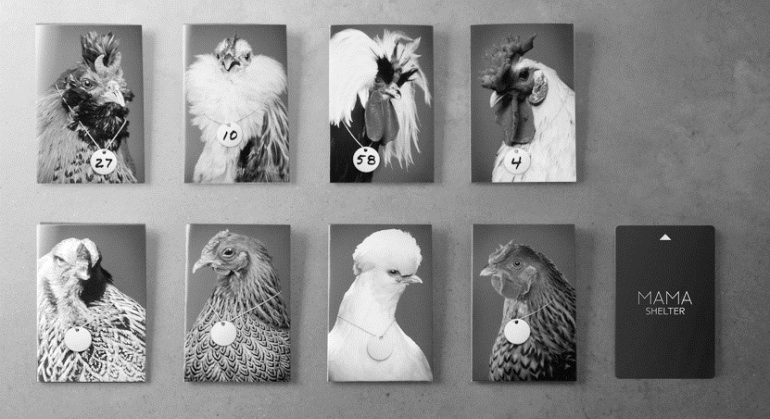The smallest strings of copy on a website can achieve the greatest impact.
Collectively referred to as microcopy, I’m talking about the little bits of text that instruct site visitors how to interact with the content while prompting further action and assuaging any ingrained reluctance to convert. They usher users through the sales funnel.
Writing microcopy is a true crossover craft – an exercise in both front-end development and content creation. It’s one of exceptionally few areas in website design that allows lowly copywriters like myself to get their hands dirty turning the nuts and bolts of user experience. It also gives us the chance to inject a few extra doses of tone of voice into a website.
Bus as we’ll see in a moment, playing fast and loose with microcopy tone can macro-backfire. Internet users are a fickle bunch, and they’re sensitive about the way you address them – even in the briefest of messages.
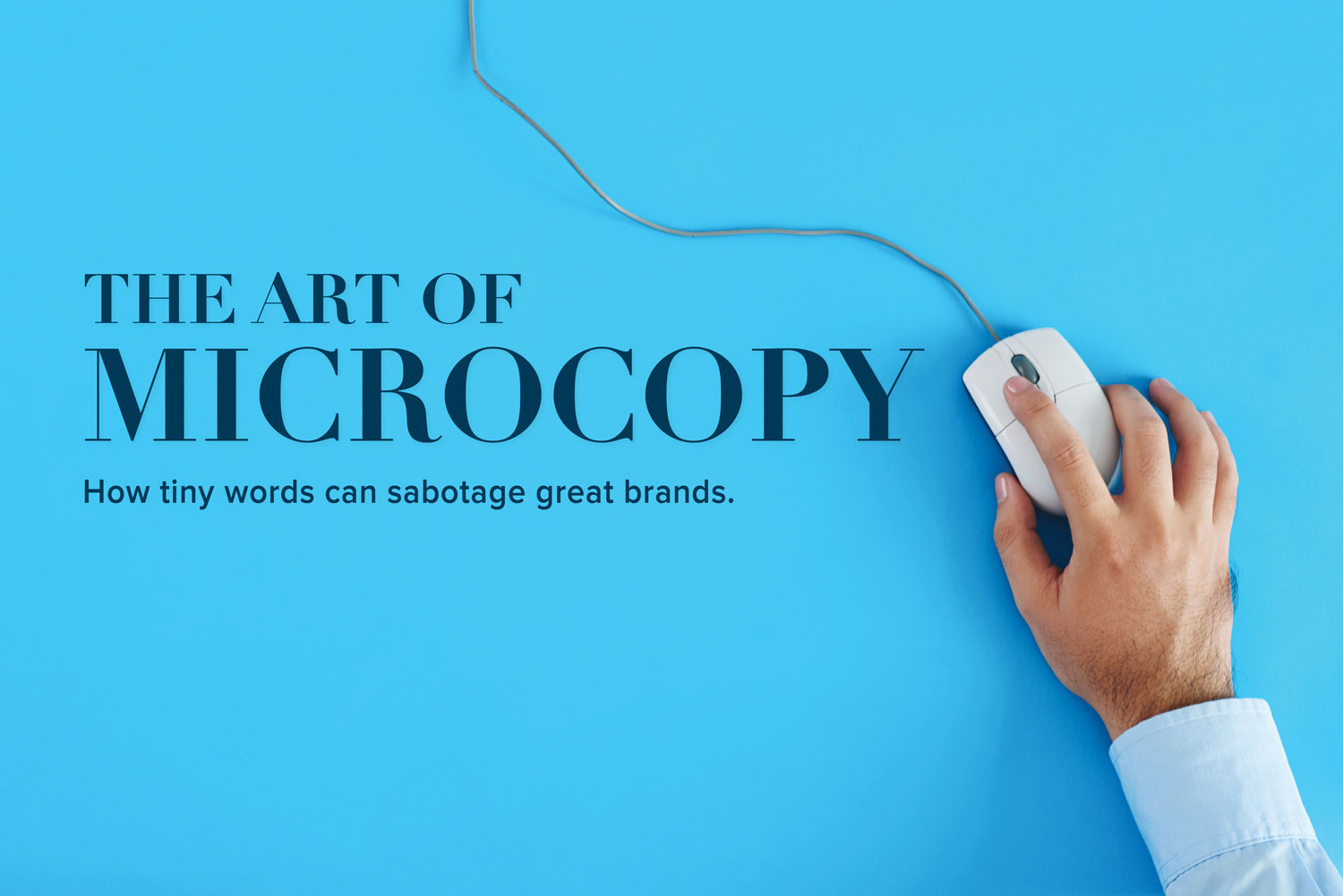
A Brief History of Microcopy
The term ‘microcopy’ (if not the medium itself) was coined by Joshua Porter – a self-described ‘product designer and writer’ with a blog (bokardo.com) on Alexa’s top-100,000 leaderboard. Here’s how he defines it:
“That tiny copy (often shorter than a sentence) that helps clarify, explain, reduce commitment, or otherwise assuage someone performing (or considering) a task.”
In early incarnations, microcopy was mainly used to lead users through the process of navigating a website. It instructed them to ‘click’, ‘enter name’ or – at the most important junctures – to ‘submit’ or ‘purchase’. There were no bells and whistles.
But over time, a glimmer of tone crept in. The garden-variety ‘Click’ became ‘Click Here!’. The humble ‘submit’ button evolved into ‘Sign me up’. These online signposts started sounding more human, even if they weren’t exactly speaking in a branded tone of voice.

Some of the first all-out attempts at putting microcopy in tone happened on 404 pages. A few years ago, clicking on a bad link would strand uses on a page with lifeless notice – ‘404 Not Found’, or something to that effect. But today, just about every well-branded website ha a custom 404 page. In each case, the message remains the same – this page doesn’t exist on our website – but the tone varies.
Here are three examples from prominent 404 pages, running the gamut from matter-of-fact to lightly playful:
- Google: ‘404: That’s an error.’
- Airbnb: ‘Oops! We can’t seem to find the page you’re looking for.’
- Emirates: ‘Sorry. We’ve travelled the globe, but we can’t seem to find this page.’
The 404 page is the low-hanging fruit of microcopy – the easiest place to begin applying an in-brand voice. In fact, when QUO creates tone of voice guidelines for a brand, we often provide sample 404 copy to give an example of the tone in action. It’s a natural place to start.
A Case Study: Microsoft Microcopy Prompts Macro-derision
Tinkering with tone of voice is a dangerous game, and it’s difficult to get right. One of my favourite examples of out-of-tone microcopy comes courtesy of Microsoft Office. It deals with app microcopy, which is functionally the same as the website variety.
Back in 2013, the latest release of Microsoft Office shipped with a new-and-improved dialogue boxes that included messages such as ‘Spelling and grammar check complete. You’re good to go!’.
They weren’t well received. In fact, the Microsoft Community has an entire thread devoted to the issue. In the mix are several cranky Britons lamenting the introduction of ‘crass Americanisms’ to their spellcheck experience. A few quotes for colour:
- “Microsoft, you have lowered the tone of your product.”
- “Bottom line: I don’t want my computer to talk bollocks and sound like it was designed by an illiterate teen.”
- “This has done more to make me detest Microsoft and everything they stand for than anything else.”
- “The combination of arrogance, ignorance, and self-satisfied pomposity is a daily irritation. And then they wonder why most of the world hates Americans.”
- “It pales in comparison to my disdain for the informal Monster energy drink fuelled, sleep deprived, LINUX programmer addition of ‘You’re good to go!’ Really?”
Really, indeed. A string of text that completely succeeded in communication a message that utterly failed to speak to (at least some) users in a tone they could appreciate.
For what it’s worth, Microsoft must have realised they missed the mark. In the version of Word currently running on my desktop, a successful spellcheck results in a blasé notification without any of that Monster-energy-drink-fuelled, sleep-deprived gusto that apparently characterises Linux programmers, illiterate teens and Americans in general.
It simply says, ‘Spelling and grammar check is complete.’ Tone matters. Get it right and you’re good to go.

